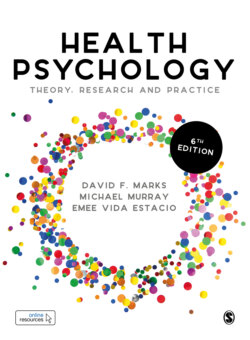Читать книгу Health Psychology - Michael Murray - Страница 28
На сайте Литреса книга снята с продажи.
The brain1
ОглавлениеThe brain and associated structures are shown in Figure 2.5. The cortex controls information input, synthesis and comparison, and output and action. Information input comes through receptors that are sensitive either to variations in the outside world or to variations within the body, such as changes in body position. Before the nerve fibres emerging from a sensory organ reach the primary cortex, where inputs are processed, almost all make at least one connection in subcortical centres such as the thalamic nuclei.
1 Some illustrations and content are from ‘The Brain from Top to Bottom’, available at: http://thebrain.mcgill.ca/
Figure 2.5 The brain, brainstem, medulla, pons and other important brain structures
Source: © 2010 Terese Winslow, U.S. Govt.
Another cortical input consists of fibres from the cortex itself, from either the same hemisphere or the opposite one. Once sensory signals arrive in their primary cortical area, they diverge into various local circuits responsible for information processing. These cortical microcircuits comprise the same types of cell distributed in the same six layers of the cortex. The results of ‘computations’ performed by these microcircuits ultimately converge at pyramidal neurons whose axons are the only output pathways from the cortex. A high proportion of axons that leave the cortex return to it, on the same or the opposite side. Other axons emerging from the cortex terminate in subcortical centres such as the thalamic nuclei, where they come into contact with the sensory fibres that send their axons to the cortex.
‘Feedback looping’ is a fundamental characteristic of information processing by the brain. At every stage, some of the fibres and connections loop back to the preceding stage to provide feedback that helps to control it. For instance, feedback loops enable the brain’s motor control centres to correct and adjust their signals to the muscles, right up to the moment these signals are sent. Feedback loops like these let us keep our balance while walking against sudden gusts of wind. Feedback loops are also found in bodily reflexes, such as the leg withdrawal reflex. A complex task, such as playing a piano, involves highly complex connections because it requires the pianist to contract and relax many different muscles simultaneously, which is controlled by the cerebellum.
